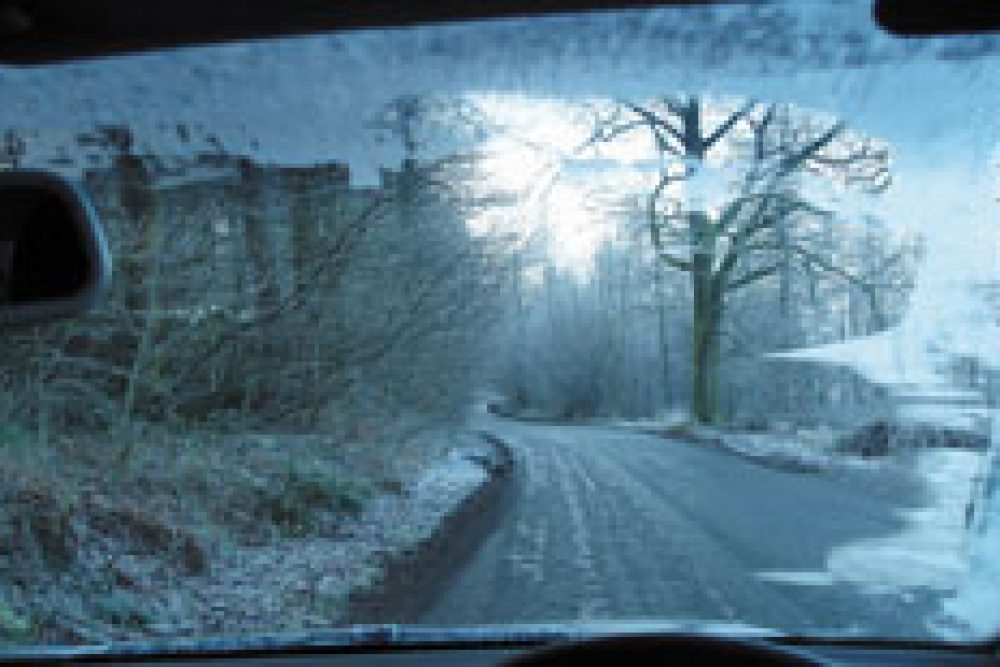
AUTUMN 2011 was one of the warmest on record; how long ago that seems now!
Snow, high gusting winds, and plenty of lashing rain has now arrived along with plunging temperatures.
Apart from needing to put warmer clothes on that are suitable for the conditions, businesses should consider providing their company car drivers with suitable rubber for their business cars.
When temperatures drop below seven degrees Celsius the tread compound in ‘normal’ summer tyres begins to harden, changing their performance and reducing road safety.
However, with a higher content of natural rubber in their tread compound and advanced silica compounds, winter tyres function at their best in these cold damp conditions and are able to provide better grip, shorter stopping distances and overall improved safety.
Indeed, in tests conducted by the British Tyre Manufacturers’ Association, a car braking at 60mph on a wet road at five degrees Celsius stopped five metres shorter, equivalent to more than one car length, when fitted with winter weather tyres. In icy and snowy conditions the differences were even more dramatic. At 30mph on snowy roads the difference increased to eight metres and on icy roads at just 20mph, the difference increased to nine metres.
Data from the Met Office further supports the argument for drivers switching to winter tyres. Its latest average climate figures for the UK show that for three months of the year, the maximum temperature is below seven degrees Celsius and for eight months of the year, the minimum temperature is also below this key threshold.
While snow and ice present an obvious hazard to drivers in terms of steering, acceleration and braking, there is also a hidden danger that can dramatically affect the performance of tyres.
“We all remember the particularly harsh winters we’ve had in last two years, but it’s not just these extreme wintry conditions that present dangers for drivers. Cold, damp roads can be just as hazardous and should be treated with the upmost respect. Fitting winter tyres is the safest option as they provide extra grip in these types of conditions, making driving much safer,” advises Stuart Jackson, chairman, TyreSafe.
“Although winter tyres can be used all year round, they should be especially considered for fitment from October through to March when they come into their own and help reduce the risk of an accident. Normally, the temperature barely creeps above seven degrees during this entire period, especially in the morning and evening rush hours when the roads are at their busiest.”
Business drivers who decide not to fit winter weather tyres can still carry out tyre checks to lessen their chances of being in an accident. Tread depth should be inspected to ensure that it easily exceeds the legal minimum requirements of 1.6mm across the central three quarters of the tyre, around its entire circumference. The tyre should be checked for any cuts, bulges or embedded objects and tyre pressures should be checked at least once a month or before a long journey.
Also read this on winter tyres
Click here for The business benefits of winter tyres







